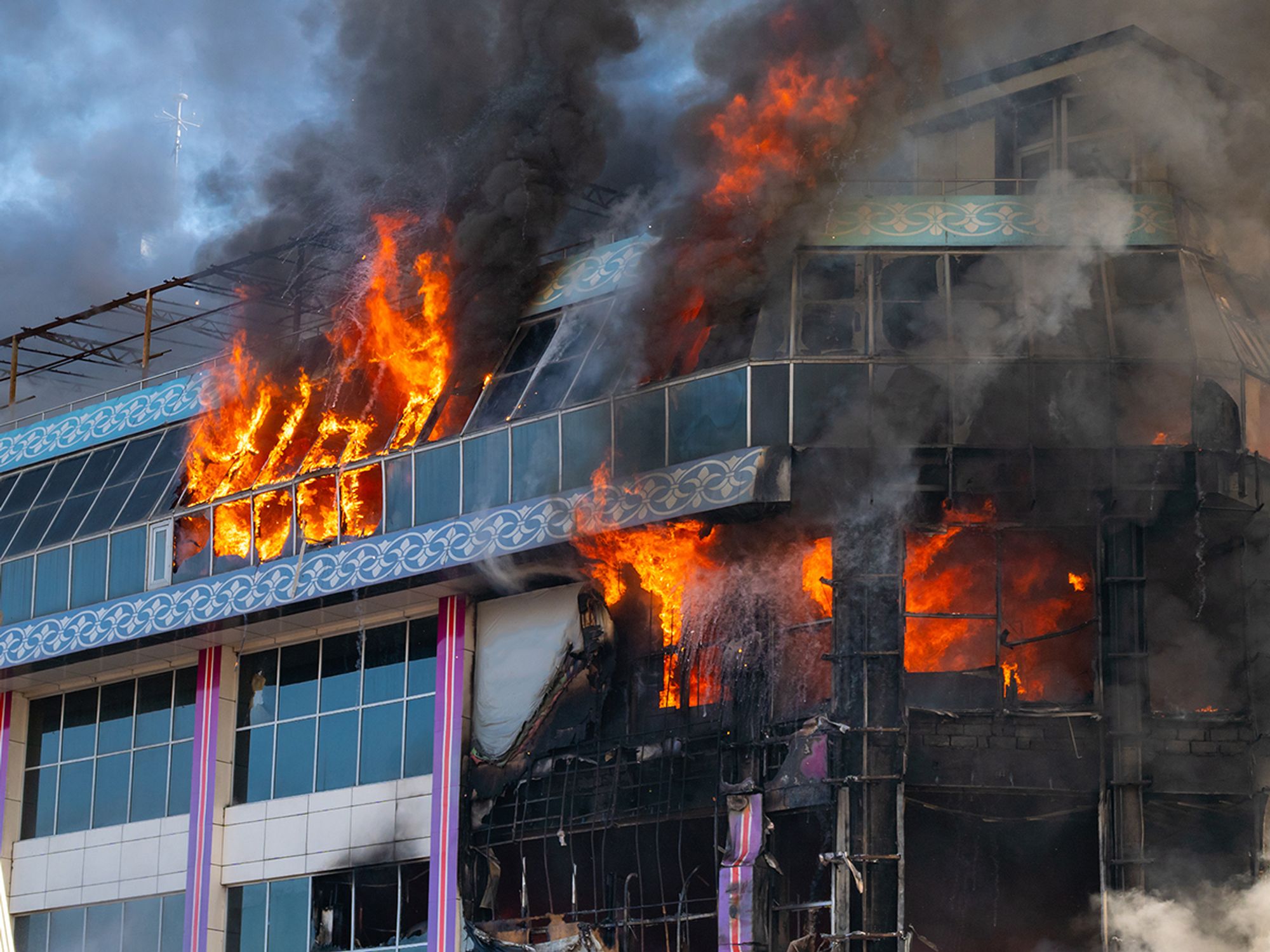Terrorism

- Employers should prepare for any potential terrorist incidents, including devising a proper evacuation plan for employees.
Terrorism, according to the Federal Bureau of Investigation (FBI), is the calculated use of unlawful force or violence, or the threat of unlawful force or violence, against person(s) or property for purposes of intimidation, coercion, or ransom in the pursuit of goals that are generally political, religious, or ideological.
Terrorist incidents are not emergencies that the Occupational Safety and Health Administration (OSHA) expects an employer to reasonably anticipate. However, if a terrorist incident does occur in or near one’s workplace, an effective evacuation plan increases the likelihood that the employees will reach shelter safely.
- Employers have no specific requirements to follow but may want to evaluate the potential for their facility to be targeted. Employers covered by 1910.119, Process safety management of highly hazardous chemicals, may consider potential attacks in their emergency response plans. Employers may also have considerations for responding to releases under 1910.120, Hazardous waste operations and emergency response.
Terrorists typically plan attacks to obtain the greatest publicity, choosing targets that symbolize what they oppose. The effectiveness of the terrorist act lies not in the act itself, but in the public or government reaction to the act.
A terrorist attack can take several forms, depending upon technology available to the terrorist, the nature of the issue motivating the attack, and the target’s points of weakness. While bombings are the most common method, other possibilities include attacking transportation facilities, utilities, banking and financial targets, landmarks, and national treasures, as well as attacks on public services.
Terrorist weapons can include use of explosives, kidnappings, hijackings, arson, killings and assassinations, and cyberattacks designed to slow down or destroy computer networks. Terrorist weapons could also include “weapons of mass destruction” (WMD), defined as biological or chemical agents; and atomic or radioactive “dirty” bombs designed to cause massive casualties in civilian populations.
Since terrorism can impact employers and workers, OSHA works with other federal agencies including the Federal Emergency Management Agency (FEMA), the U.S. Environmental Protection Agency (EPA), the U.S. Soldier Biological and Chemical Command (SBCCOM), the Centers for Disease Control and Prevention (CDC), and within CDC, the National Institute for Occupational Safety and Health (NIOSH).
